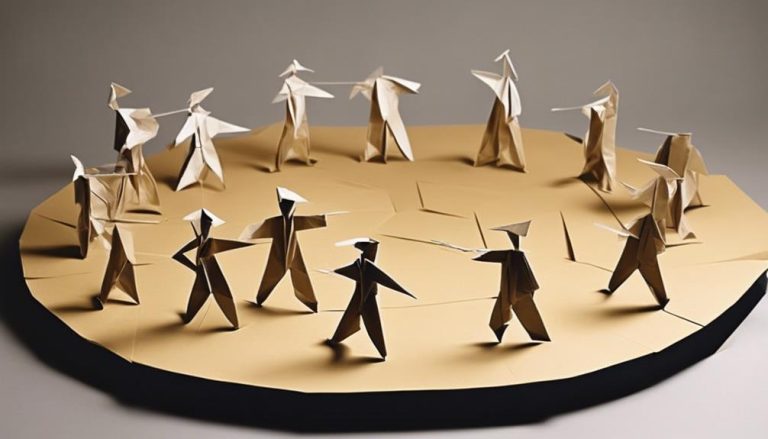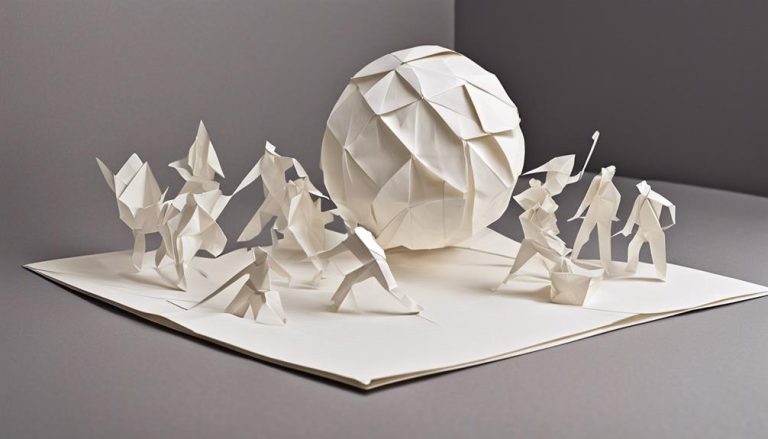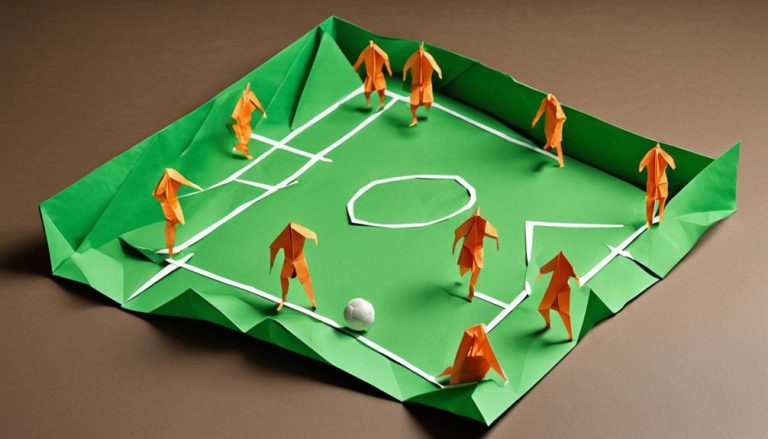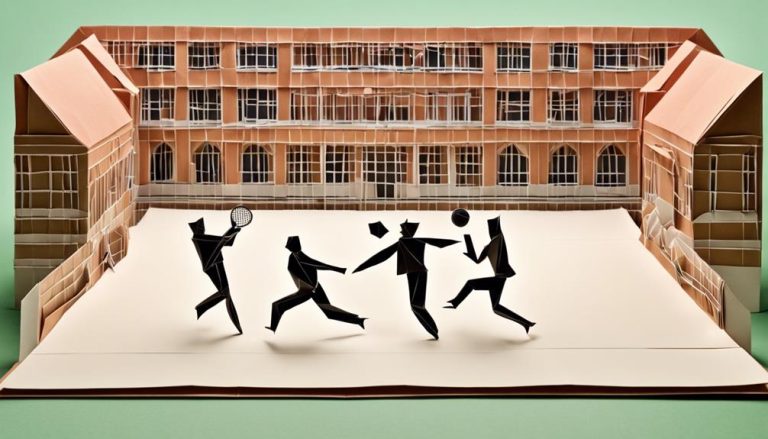General Rules of Reining Sport
When it comes to the world of reining sport, there are certain guidelines and regulations that participants are expected to follow. As you navigate through the intricate details of this discipline, you'll find that adherence to the general rules is important for a successful competition. From the precise arena specifications to the attire and equipment regulations, each aspect plays a pivotal role in ensuring a fair and challenging environment for all. But what are some key points that every reining enthusiast should keep in mind?
Reining Arena Specifications
When setting up a reining arena, it is important to adhere to specific dimensions and features to establish a proper competition environment. The footing quality of the arena plays a vital role in ensuring the safety and performance of the horses and riders. Ideally, the footing should be firm enough to provide support but also offer some level of cushioning to reduce the impact on the horses' legs. Proper footing helps prevent injuries and allows for smoother movements during the performance.
Regarding dimensions, a standard reining arena measures 130 feet in length and 90 feet in width. It is essential to maintain these dimensions to ensure fairness in competition and to give riders ample space to execute maneuvers accurately. Deviating from these dimensions can impact the judging of the performance and may put the safety of the participants at risk.
The layout of the arena is another critical aspect to take into account. The arena should be free of any obstacles that could impede the horses' movements or cause accidents. Additionally, the placement of markers and boundaries must be clear and visible to both riders and judges. Proper arena layout not only guarantees a fair competition but also enhances the overall experience for participants and spectators alike.
Scoring System and Judging Criteria
Understanding the intricate Scoring System and Judging Criteria in reining sport is essential for competitors aiming to excel in their performances. In reining competitions, scoring accuracy and judging consistency play an important role in determining the outcome. Here's a breakdown to help you grasp the key components:
- Scoring Accuracy: The scoring system in reining is precise, focusing on each maneuver's execution. Judges assign scores based on how well riders perform each required movement, including spins, stops, and lead changes. To succeed, you must aim for flawless execution to earn the highest scores.
- Judging Consistency: Judges evaluate performances based on a set of criteria to guarantee fairness and consistency across all competitors. Understanding how judges assess technical difficulty and artistic interpretation can give you insights into what they are looking for in a winning performance.
- Technical Difficulty and Artistic Interpretation: Reining combines technical skill with artistic flair, challenging riders to showcase both precision and style. The best performances strike a balance between executing complex maneuvers with finesse and adding a personal touch that captivates the audience and judges alike.
Required Maneuvers and Patterns
To excel in the reining sport, mastering the required movements and patterns is essential for competitors aiming to showcase their skills at the highest level. Reining competitions typically consist of a set pattern that includes a series of movements such as spins, sliding stops, circles, lead changes, and rollbacks. These movements are designed to test the horse and rider's ability to execute precise actions with finesse and control.
Precision execution is key in reining, where each movement is scored based on criteria like smoothness, finesse, willingness of the horse, and overall correctness of the action. Riders must demonstrate excellent communication with their horses to seamlessly switch between movements and perform each one with accuracy.
One of the most iconic movements in reining is the sliding stop, where the horse comes to a sliding halt from a full gallop. This requires immense skill and control from the rider to cue the horse for the stop at the right moment while maintaining balance and form.
Other required movements, such as spins and circles, showcase the horse's agility and the rider's ability to guide the horse through tight turns with precision and fluidity. Lead changes and rollbacks add complexity to the pattern, testing the rider's timing and the horse's responsiveness to cues.
Attire and Equipment Regulations
In reining sport competitions, adhering to specific attire and equipment regulations is essential for both the safety of the horse and rider and maintaining the integrity of the competition. Here are some key points to contemplate:
- Proper Attire and Safety: Riders must wear appropriate Western attire, including long-sleeved shirts, cowboy boots, and cowboy hats. This attire not only reflects the traditional roots of reining but also provides protection from the elements and potential hazards during the performance. Additionally, helmets are highly recommended for all riders, especially youth competitors, prioritizing safety above all else.
- Equipment Standards for Comfort: The equipment used in reining must meet certain standards to assure the comfort of the horse. The saddle should fit properly, allowing the horse freedom of movement while providing stability for the rider. Bits and other tack must be used correctly and be in good condition to prevent discomfort or injury to the horse. Properly fitting protective boots or wraps are also vital to safeguard the horse's legs during intense maneuvers.
- Personal Protective Gear: In addition to helmets, riders are encouraged to wear appropriate protective gear such as gloves and vests. These items not only enhance safety but also contribute to the overall comfort and confidence of the rider, allowing them to focus on executing maneuvers effectively without distraction or worry.
Penalties and Disqualifications
Penalties and disqualifications in reining sport competitions serve as essential measures to uphold fairness, sportsmanship, and adherence to the established rules and guidelines. In the event of a rule violation, penalty enforcement is vital to maintaining the integrity of the sport and guaranteeing that all competitors compete on a level playing field. Understanding the disqualification process is indispensable for all participants to avoid unintended infractions and guarantee a smooth and fair competition.
To provide clarity on penalty enforcement and disqualification process, let's explore a table outlining common violations and their corresponding consequences:
| Violation | Consequence |
|---|---|
| Illegal equipment usage | Immediate disqualification and removal from event |
| Excessive use of spurs | Penalty points added to overall score |
| Failure to perform pattern | Deduction of points or disqualification |
| Abuse of the horse | Disqualification and possible suspension |
| Late entry into the arena | Penalty points or disqualification |
Frequently Asked Questions
Can Beginners Participate in Reining Competitions or Is It Only for Experienced Riders?
Yes, beginners can participate in reining competitions. While experience helps, all levels are welcome. Competing early can boost skill development. Focus on training techniques and enjoy the journey. Reining offers a path for all riders.
Are There Any Age Restrictions for Competitors in Reining Sport?
In the thrilling world of reining, age restrictions vary by competition. Some events may have specific age categories, while others welcome riders of all ages. Skill level, not just age, often determines eligibility.
How Often Are Reining Competitions Held and Where Can I Find a Schedule of Upcoming Events?
Reining competitions happen regularly throughout the year at various locations. To find upcoming events and registration details, check out official reining sport websites or contact local equestrian associations. Explore the excitement and get involved!
Are There Any Specific Training Exercises or Drills That Can Help Improve Performance in Reining?
To enhance your performance in reining sport, focus on training exercises like perfecting spins and sliding stops. Drills such as rollbacks and lead changes can also refine your skills. Consistent practice is key to improvement.
Are There Any Opportunities for Reining Riders to Compete at an International Level?
If you're looking to take your reining skills to the next level, there are international opportunities available for riders like you. Global reining competitions offer exciting participation opportunities for riders wanting to showcase their talents on a worldwide stage.






